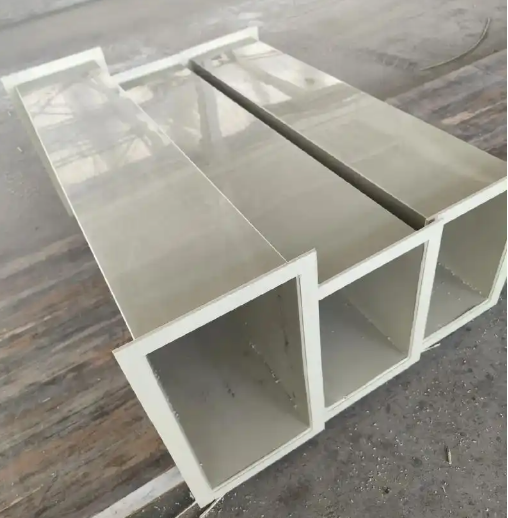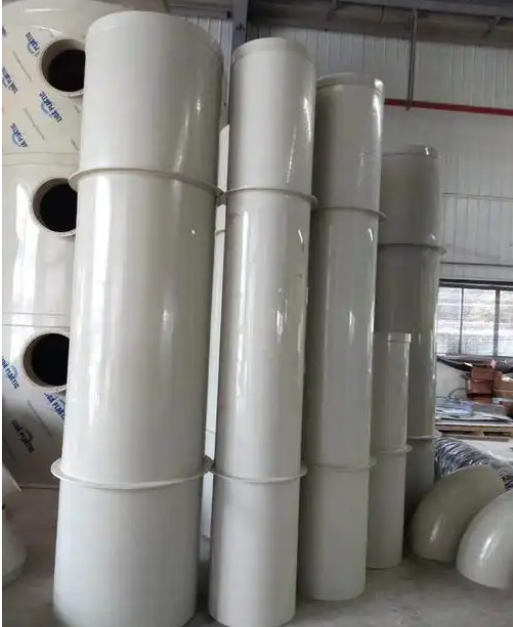一.Preamble
In the ventilation system of all kinds of buildings, the suitability of air volume and duct size is crucial, which is directly related to the ventilation effect, energy consumption and the stability of the operation of the whole system. Imagine a large shopping mall or factory, if the ventilation system duct size is unreasonable, either can not meet the indoor ventilation needs, resulting in dirty air, stuffy, affecting people’s comfort and work efficiency; or will cause energy waste, increase operating costs. Today, we focus on a specific problem: when the air volume is 20000, how big should the air duct be? This seemingly simple question involves a series of complex calculations and consideration of various factors. Let’s dig deeper and solve the mystery for you.

二.Duct Basics
(1) Role of air ducts
Duct, as a key component of the ventilation system, undertakes the important mission of conveying and distributing air . In the ventilation system, it is like the trachea in the human body’s respiratory system, which is the channel for air circulation. Fresh air is introduced into the room through the air ducts to provide people with sufficient oxygen and maintain a comfortable indoor environment; at the same time, indoor dirty air, harmful gases, and excess heat and moisture, etc., also rely on the air ducts to be discharged outdoors to ensure indoor air quality and hygiene. For example, in the operating room of a hospital, the air duct continuously sends in purified sterile air and discharges the exhaust air that may carry germs to create a safe air environment for the smooth operation; in the factory workshop, the air duct can timely discharge the dust, smoke and other harmful pollutants produced during the production process to protect the health of the workers.

(2)Classification of air ducts(Classified by cross-section shape)
- Round Duct: Round duct has superior aerodynamic performance, air flows in it with minimum resistance, which makes the round duct can effectively reduce the energy consumption of the fan under the same air volume, and the operation cost is lower. At the same time, it has good sealing performance, which can reduce air leakage and ensure the efficient operation of the ventilation system. Circular air ducts are widely used in places with high ventilation requirements and where space permits, such as the central air conditioning ventilation system of large shopping malls. However, the production process of round air duct is relatively complicated and occupies a large space height, so the installation may be restricted in some buildings with limited space.
- Rectangular Duct: The biggest advantage of rectangular duct is that it can better adapt to the building structure and combine closely with the walls and ceilings of the building, which makes it easy to install and layout. In most office buildings, residential and other places, due to the characteristics of the space layout, rectangular duct is more common. It is relatively simple to fabricate, and the fittings are easy to make and connect. However, the air resistance of rectangular duct is relatively large, in the case of conveying the same amount of air, it requires a more powerful fan, and the energy consumption will increase accordingly, and its air leakage rate is relatively high.
- Flat round duct: Flat round duct combines part of the characteristics of round duct and rectangular duct, it reduces the height size of round duct to some extent, and less resistance than rectangular duct. In some of the space height has some limitations, but also on the ventilation resistance requirements of the occasion, such as some of the lower level underground parking lot ventilation system, flat round air duct can play its advantage. However, the production difficulty of flat round duct is between round and rectangular duct, the application scope is relatively narrow.
